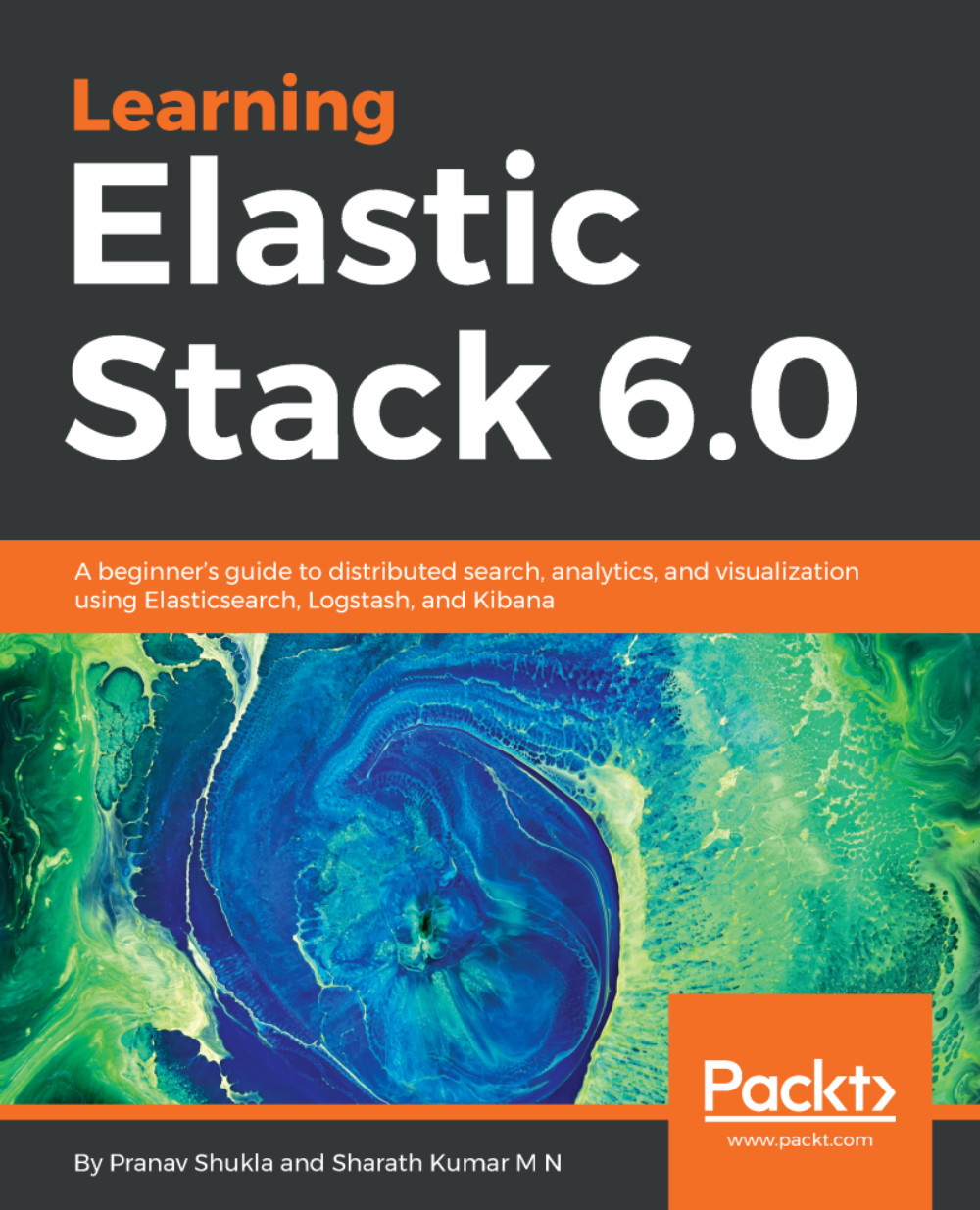In the previous chapter, we understood the importance of Logstash in the log analysis process. We also covered its usage and its high-level architecture, and went through some commonly used plugins. One of the important processes of Logstash is converting unstructured log data into structured data, which helps in searching for relevant information easily and also assists in analysis. Apart from parsing the log data to make it structured, it would also be helpful if we could enrich the log data during this process so that we can gain further insight about our logs. Logstash comes in handy for enriching our log data, too. Also, we have seen in the previous chapter that Logstash can read from a wide range of inputs and that Logstash is a heavy process. Installing Logstash on the edge nodes of shipping logs might not always be feasible. Is there...
-
Book Overview & Buying

-
Table Of Contents

Learning Elastic Stack 6.0
By :

Learning Elastic Stack 6.0
By:
Overview of this book
The Elastic Stack is a powerful combination of tools for distributed search, analytics, logging, and visualization of data from medium to massive data sets. The newly released Elastic Stack 6.0 brings new features and capabilities that empower users to find unique, actionable insights through these techniques. This book will give you a fundamental understanding of what the stack is all about, and how to use it efficiently to build powerful real-time data processing applications.
After a quick overview of the newly introduced features in Elastic Stack 6.0, you’ll learn how to set up the stack by installing the tools, and see their basic configurations. Then it shows you how to use Elasticsearch for distributed searching and analytics, along with Logstash for logging, and Kibana for data visualization. It also demonstrates the creation of custom plugins using Kibana and Beats. You’ll find out about Elastic X-Pack, a useful extension for effective security and monitoring. We also provide useful tips on how to use the Elastic Cloud and deploy the Elastic Stack in production environments.
On completing this book, you’ll have a solid foundational knowledge of the basic Elastic Stack functionalities. You’ll also have a good understanding of the role of each component in the stack to solve different data processing problems.
Table of Contents (12 chapters)
Preface
 Free Chapter
Free Chapter
Introducing Elastic Stack
Getting Started with Elasticsearch
Searching-What is Relevant
Analytics with Elasticsearch
Analyzing Log Data
Building Data Pipelines with Logstash
Visualizing data with Kibana
Elastic X-Pack
Running Elastic Stack in Production
Building a Sensor Data Analytics Application
Monitoring Server Infrastructure
